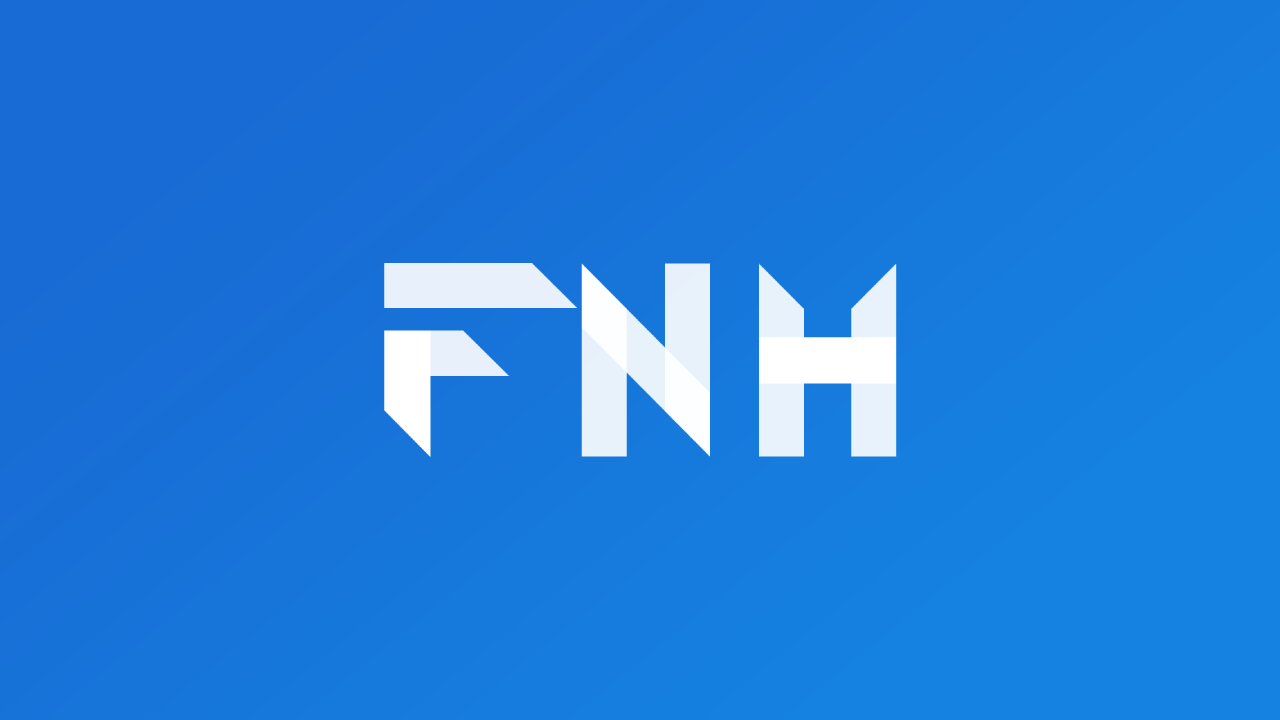Persistent Bottom Navigation Bar for Flutter
Published on by Flutter News Hub

Enhance your Flutter app's navigation experience with the Persistent Bottom Navigation Bar package. This customizable package provides a static bottom navigation bar, allowing users to easily switch between screens.
Features
- Highly customizable, with 20+ predefined styles and options to tailor to your app's design.
- Seamless screen transitions, with the ability to push new screens with or without the navigation bar visible.
- Handles hardware and software back button presses, ensuring smooth navigation on both Android and iOS.
Installation
Add the dependency to your Flutter project's pubspec.yaml file:
dependencies: persistent_bottom_nav_bar: any
Import the package into your Dart code:
import 'package:persistent_bottom_nav_bar/persistent_tab_view.dart';
Usage
Create a PersistentTabController to manage the navigation state:
PersistentTabController _controller = PersistentTabController(initialIndex: 0);
Declare the PersistentTabView as your main widget:
PersistentTabView( context, controller: _controller, screens: _buildScreens(), items: _navBarsItems(), confineInSafeArea: true, backgroundColor: Colors.white, )
Custom Navigation Bar Styling
For a unique navigation bar design, create a custom widget:
class CustomNavBarWidget extends StatelessWidget {
final int selectedIndex;
final List items;
final ValueChanged onItemSelected;
CustomNavBarWidget({
this.selectedIndex,
this.items,
this.onItemSelected,
});
@override
Widget build(BuildContext context) {
return Container(
width: double.infinity,
height: 60.0,
child: Row(
children: items.map((item) => _buildItem(item, selectedIndex == items.indexOf(item))).toList(),
),
);
}
Widget _buildItem(PersistentBottomNavBarItem item, bool isSelected) {
return GestureDetector(
onTap: () => onItemSelected(items.indexOf(item)),
child: Column(
children: [
IconTheme(
data: IconThemeData(
size: 26.0,
color: isSelected ? item.activeColorPrimary : item.inactiveColorPrimary,
),
child: item.icon,
),
Text(
item.title,
style: TextStyle(
color: isSelected ? item.activeColorPrimary : item.inactiveColorPrimary,
fontWeight: FontWeight.w400,
fontSize: 12.0,
),
),
],
),
);
}
}Integrate the custom widget into PersistentTabView:
PersistentTabView.custom(
context,
controller: _controller,
itemCount: items.length,
customWidget: CustomNavBarWidget(
items: _navBarsItems(),
selectedIndex: _controller.index,
onItemSelected: (index) => setState(() => _controller.index = index),
),
)Screen Navigation Functions
Push screens with the following functions, controlling navigation bar visibility:
PersistentNavBarNavigator.pushNewScreen( context, screen: MainScreen(), withNavBar: true, pageTransitionAnimation: PageTransitionAnimation.cupertino, );
PersistentNavBarNavigator.pushDynamicScreen( context, screen: HomeModalScreen(), withNavBar: true, );
Conclusion
The Persistent Bottom Navigation Bar is a versatile solution for creating intuitive and visually appealing navigation in Flutter apps. Its customizable options and navigation functions make it a powerful tool for enhancing the user experience.